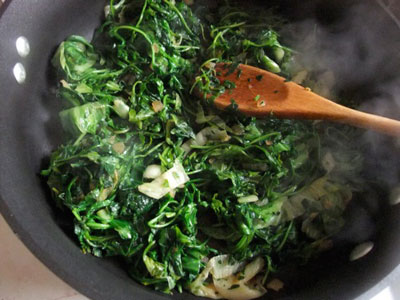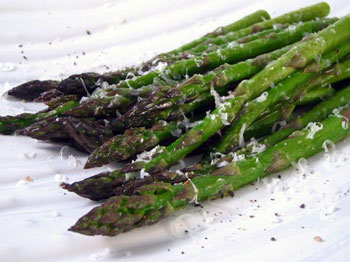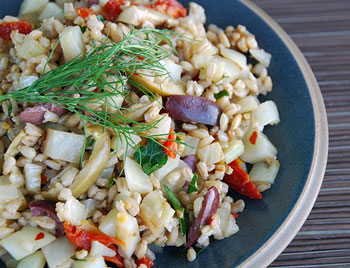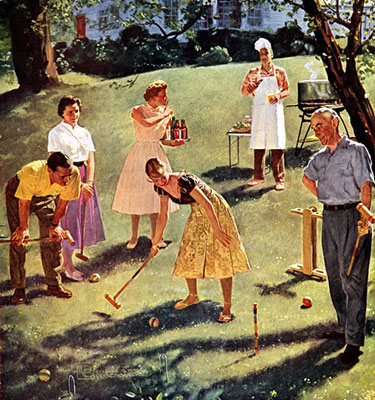 Of all the spring vegetables, asparagus is one of the easiest to prepare…simply grilled, oven roasted or shredded raw as a salad, it needs little more than salt and lemon to qualify as a side dish. But if you’re looking to dress up those slender stalks in a more elegant way, try this: Cold Poached Asparagus with Skinny Basil Mayonnaise.
Of all the spring vegetables, asparagus is one of the easiest to prepare…simply grilled, oven roasted or shredded raw as a salad, it needs little more than salt and lemon to qualify as a side dish. But if you’re looking to dress up those slender stalks in a more elegant way, try this: Cold Poached Asparagus with Skinny Basil Mayonnaise.
When my children were little and I was housebound, I threw some pretty elaborate dinner parties (it was the only way I could make sure I had decent adult conversation and good wine once a week), and a starter salad of asparagus with basil aioli (which is simply homemade mayonnaise) was always in my spring rotation.
With just 40 calories a cup and loaded with folic acid, antioxidants and tummy filling fiber, asparagus is one of nature’s great gifts to dieters. But homemade mayo, which is made mostly of oil and egg yolks, is not.

 Bags of organic arugula at the store always tempt me. "Buy me!" they say, "Eat salad for a week, it'll be great!" Of course after three or four days the bag is half full and the contents start to look rather wilted and sad. Then comes regret. Why did I buy that bag in the first place? Recently I found the solution to the problem of wilting greens, a problem that I'm guessing may also be yours.
Bags of organic arugula at the store always tempt me. "Buy me!" they say, "Eat salad for a week, it'll be great!" Of course after three or four days the bag is half full and the contents start to look rather wilted and sad. Then comes regret. Why did I buy that bag in the first place? Recently I found the solution to the problem of wilting greens, a problem that I'm guessing may also be yours.  "I never thought I'd be eating asparagus, much less for breakfast."
"I never thought I'd be eating asparagus, much less for breakfast." Cashier: Picking up the two fennel bulbs I was buying and examining them. "Do you cook with fennel a lot?"
Cashier: Picking up the two fennel bulbs I was buying and examining them. "Do you cook with fennel a lot?" When Italians bid you goodbye between the hours of 11:00 in the morning and 1:00 in the afternoon, rather than saying, “See you around” or “Have a nice day,” they say “Buon pranzo,” which is a wish for you to have a good lunch. There’s the difference right there.
When Italians bid you goodbye between the hours of 11:00 in the morning and 1:00 in the afternoon, rather than saying, “See you around” or “Have a nice day,” they say “Buon pranzo,” which is a wish for you to have a good lunch. There’s the difference right there.
